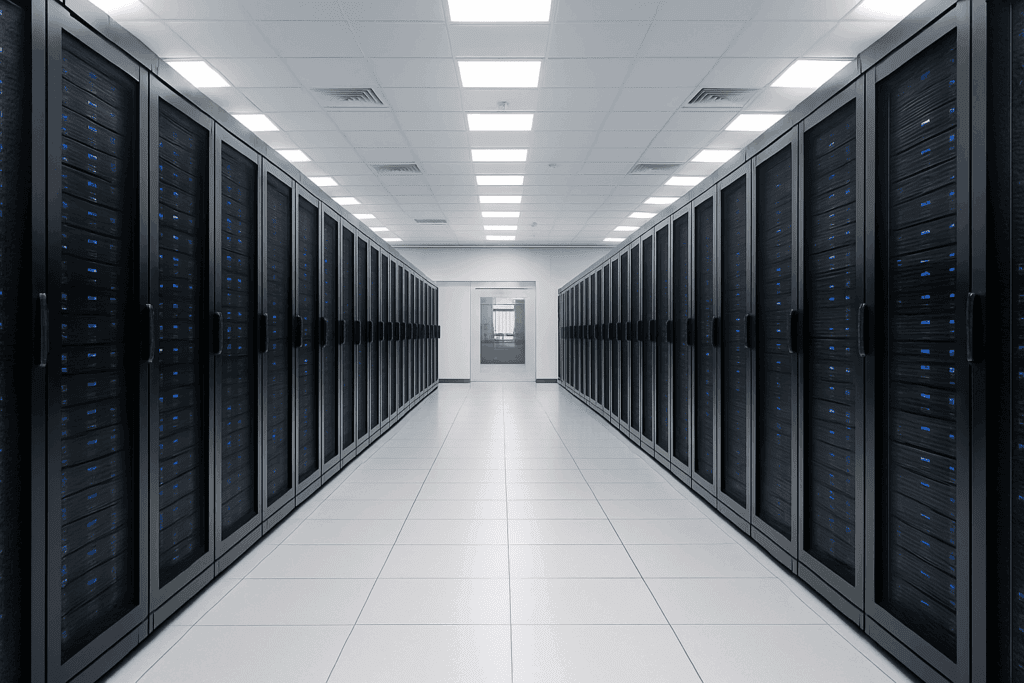Spring time is the worst time... for networks.
Spring in the Northeast brings more than blooming flowers; it ushers in unpredictable weather patterns, including thunderstorms that pose risks to business operations. For small and medium-sized businesses (SMBs), these weather events can disrupt on-premise IT systems, leading to costly downtime and data loss. Embracing cloud-based solutions, particularly through partnerships with providers like Amazon Web Services (AWS), offers a resilient alternative that safeguards against environmental uncertainties.

The Vulnerability of On-Premise Servers
On-premise servers are susceptible to various environmental threats. Power surges from lightning strikes can damage hardware, leading to data loss and operational interruptions. Implementing protective measures like surge protectors and lightning arrestors adds to maintenance expenses and complexity.
Moreover, on-premise setups require continuous cooling, regular hardware updates, and dedicated IT personnel to manage and troubleshoot issues. These demands can strain the resources of SMBs, diverting attention from core business activities.
The Advantages of Cloud-Based Infrastructure
Transitioning to cloud infrastructure offers numerous benefits:
- Resilience: Cloud providers like AWS have data centers equipped with advanced safeguards against environmental threats, ensuring high availability and minimal downtime.
- Scalability: Businesses can easily adjust their computing resources based on demand without significant capital investment.
- Cost-Effectiveness: Operating on a pay-as-you-go model reduces upfront costs and allows for better budget management.
- Maintenance: Cloud services handle routine maintenance, updates, and security patches, freeing up internal resources.
- Accessibility: Remote access to data and applications facilitates flexible work arrangements and business continuity during disruptions.

Environmental Considerations
Cloud computing also aligns with sustainability goals. Centralized data centers often utilize energy-efficient technologies and renewable energy sources, reducing the carbon footprint compared to individual on-premise servers. This shift supports environmental responsibility while potentially lowering energy costs.
Making the Transition
For SMBs considering the move to cloud infrastructure, it’s essential to assess current IT needs, identify suitable cloud services, and plan for data migration. Partnering with experienced providers like Triton Technologies can streamline this process, ensuring a smooth transition with minimal disruption.
In an era of increasing environmental unpredictability, relying on traditional on-premise servers poses significant risks for SMBs. Embracing cloud infrastructure not only enhances resilience against weather-related disruptions but also offers scalability, cost savings, and environmental benefits. As storms continue to challenge the Northeast, now is the time for businesses to consider the cloud as a strategic investment in their future stability and growth.




